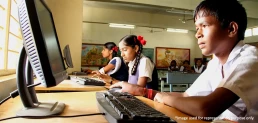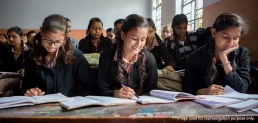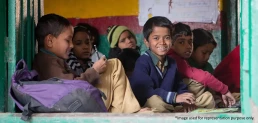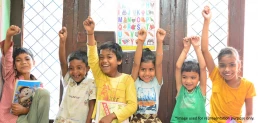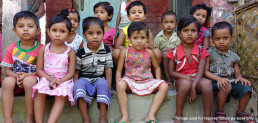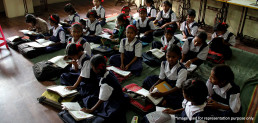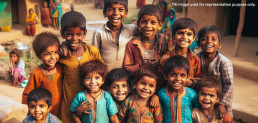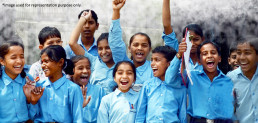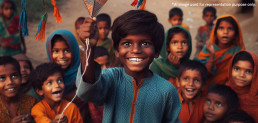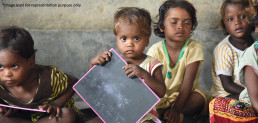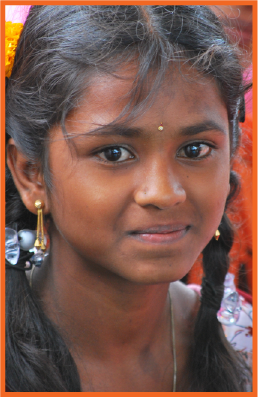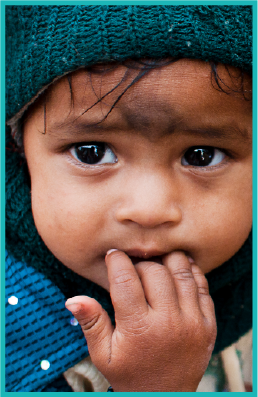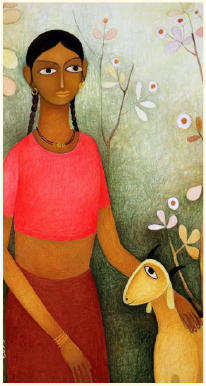With an increasing number of children accessing the internet, the risks associated with online activity are growing alarmingly. From cyberbullying to online predators, the dangers are real and varied. So, parents, educators, and policymakers must prioritize online safety and equip children with the knowledge and tools to navigate the digital sector safely. Read along to know how.
Understanding the Growing Threat to Children’s Online Safety
In India, children engage with the internet at younger ages, often without sufficient awareness of the risks they face. For example, unrestricted access to social media, gaming platforms, and unregulated content has created an environment where children can easily become victims of online exploitation, abuse, or manipulation.
This digital exposure is further exacerbated by parents’ and children’s lack of awareness about the potential threats. Moreover, the rise of online gaming addiction, inappropriate content, and interaction with strangers without supervision highlights the growing concern about children’s safety in the digital space.
Key Online Dangers Facing Children in India
Several online dangers are particularly concerning in India:
- Cyberbullying: The anonymity offered by the internet makes it easier for bullies to target children. This can lead to emotional distress, self-esteem issues, and severe psychological impact.
- Online Predators: Children can be easily manipulated or lured by online predators posing as peers or friendly figures, increasing the risk of exploitation or abuse.
- Exposure to Inappropriate Content: Without proper safeguards, children may accidentally or intentionally encounter explicit, harmful, or violent content that can impact their emotional and mental development.
- Privacy Violations: Many children do not understand the implications of sharing personal data online, which can lead to identity theft, data theft, or misuse of personal data.
Steps to Ensure Online Safety for Children
Ensuring the online safety of children involves a multi-faceted approach that includes:
- Educating Children: The key to keeping children safe is teaching them about the dangers of the Internet and encouraging them to be cautious when sharing information.
- Parental Controls: Using parental control software to monitor and limit children’s internet usage can help avoid exposure to harmful material. Setting up safe search options on browsers and social media platforms is also critical.
- Setting Boundaries: Establishing clear rules about the time spent online and the types of activities allowed can limit unnecessary exposure to risky online behavior.
- Fostering Open Communication: Encouraging children to speak openly about online activities can help parents detect unusual or concerning behavior early on.>
The Role of Non-Profits in Protecting Children
Non-profit organizations conduct training sessions, workshops, and awareness campaigns that equip families with the knowledge to protect children from online risks. They also support victims of cybercrimes and advocate for stronger digital safety regulations.
For example, non-profit organizations such as CRY America work at the grassroots level, conducting community outreach programs that educate vulnerable populations on ensuring their children’s online safety.
Building Digital Literacy in Children
Digital literacy is a basic skill in the modern world, not just for safety but also for maximizing technology’s educational potential. By integrating digital literacy programs into schools and communities, children can be taught the ethical use of technology, how to distinguish credible sources from misinformation, and the importance of protecting their online identities.
Conclusion: Creating a Safer Digital Environment for Indian Children
As India embraces the digital revolution, parents, educators, and organizations must work together to ensure children’s safety. We can create a safe environment where kids can explore, learn, and grow without fear through education, technology, and collaboration.
Additionally, non-profits, like CRY America, are at the forefront of this mission, working tirelessly to create awareness, provide support, and make the digital world safer for children nationwide.
FAQs
What are the biggest online dangers for children in India?
The biggest online dangers for children in India include cyberbullying, online predators, exposure to inappropriate content, and privacy violations. Social media platforms, online games, and unregulated chat rooms can expose children to harmful interactions, inappropriate content, and even exploitation.
How can parents protect their children from online predators?
Parents can protect their children by setting clear rules for online activity, using parental control software, and regularly monitoring their children’s internet usage. Encouraging open communication with children regarding their online experiences can also help detect any potential risks early.
What are the signs of cyberbullying, and how can it be prevented?
Signs of cyberbullying include sudden withdrawal from social media, unexplained mood swings, avoidance of school or activities, and signs of emotional distress. Prevention includes promoting digital etiquette, supervising online interactions, and encouraging children to report bullying.
Recommended for you












